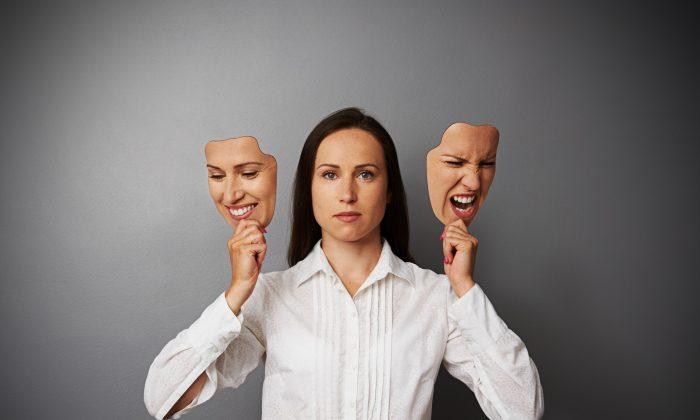What about stress? What is “healthy stress?” Anxiety provokes stress but it also improves performance. Only beyond a certain point does anxiety actually create difficulties for the individual. Are we not developing or promoting some protective or health-enhancing physiological changes when we are under certain levels of stress?
Dr. Charles Raison has studied the work of Hans Selye, a Hungarian-Austrian-Canadian, who did a lot of research on stress and response. He distinguished between something he called “eustress” and “distress.” Eustress is “something kind of good!” There are certain sorts of challenges that, although they activate the stress system, appear to be like exercise. They toughen you up and make you more resilient. There are other stresses that tend to break you down and make you vulnerable.
There are at least three factors that determine which stress it'll be. One is the makeup of the individual. In stress studies, sometimes skydiving is used as a measure of stress, bad stress, and then sometimes it’s used as a measure of an emotional rush. Dr. Raison says, “Some people think skydiving is the greatest thing in the world. It’s not a stressor; it’s a challenge. It’s healthy. Other people are about to have a heart attack just thinking of skydiving.” Your personal makeup, your susceptibility to stress, is one thing that may decide how you respond. This goes back to your reality management machine—what do you believe about the event and your personal concept of what is important to you? Another glass half full or half empty event. What are your beliefs about what makes you feel good and is good for you? You can change your response with measured, small changes in beliefs, attitude and what you do. What was a negative stressor can be transformed into a joyous and positive stress that builds your resiliency.
The second thing is the severity of the stress. We think exercise is good, but when you study really advanced athletes and press them a little bit harder, they get sick. There’s an optimum. Everything has a u-shaped curve. There’s always too much of a good thing. That’s the severity criterion.
The third thing is the kind of stress it is. One of the really interesting things that has been found over the last half century or so is that certain types of stress, such as exercise and challenging yourself in a work situation, are much more likely to build you up. Other stressors, like interpersonal conflict, fighting, those sorts of things, can break you down. Exercise is much more likely to build resilience. Taking on a challenging job that is not too challenging is much more likely to build resilience. Regarding the stress of having it out with your spouse, there is no evidence that that particularly benefits anybody, unless it leads to a positive change in the relationship. Everybody, because of their makeup, is going to fall at a certain point among the three domains. If you want to build yourself up, certain stressors are better than others. Some are best avoided! So, how can you take advantage of good stress and reduce influence of negative stressors that may be challenging you? In prior posts, I have talked about the power of consciousness to wield changes in health, and in higher goals, such as prosperity.
One of the basic secrets of successful athletes is the process of mental rehearsal. Reviewing the plays and your activities in the event is just like being there to your mind and consciousness—especially if you infuse the event with positive emotions. This is a powerful enhancer of performance. Your brain as reality management machine is re-creating reality all the time, and influencing it with your attitudes and beliefs. At the University of Chicago, Dr. Blaslotto did a study of people whom he split into 3 groups after measuring how well each person shot free throws. One group practiced shooting free throws for 1 hour daily for 30 days, the second did nothing and the last group only visualized shooting free throws for 1 hour for 30 days. The actual practice group improved efficiency 24%, the group doing nothing did not change in efficiency and the visualization group improved 23%! The visualization group improved just by using the power of consciousness to re-create the reality of shooting the shots! In 1982, Suinn developed a cognitive enhancement technique called visuomotor behavioral rehearsal. It used progressive relaxation and mental imagery practice followed by physically practicing specific skills under simulated lifelike conditions. We can take advantage of this process in our next blog when we discuss a method to apply these principles in more than just sports. We can all manage stress better if we prepare for it, whether it’s eustress or challenging stress.



Friends Read Free